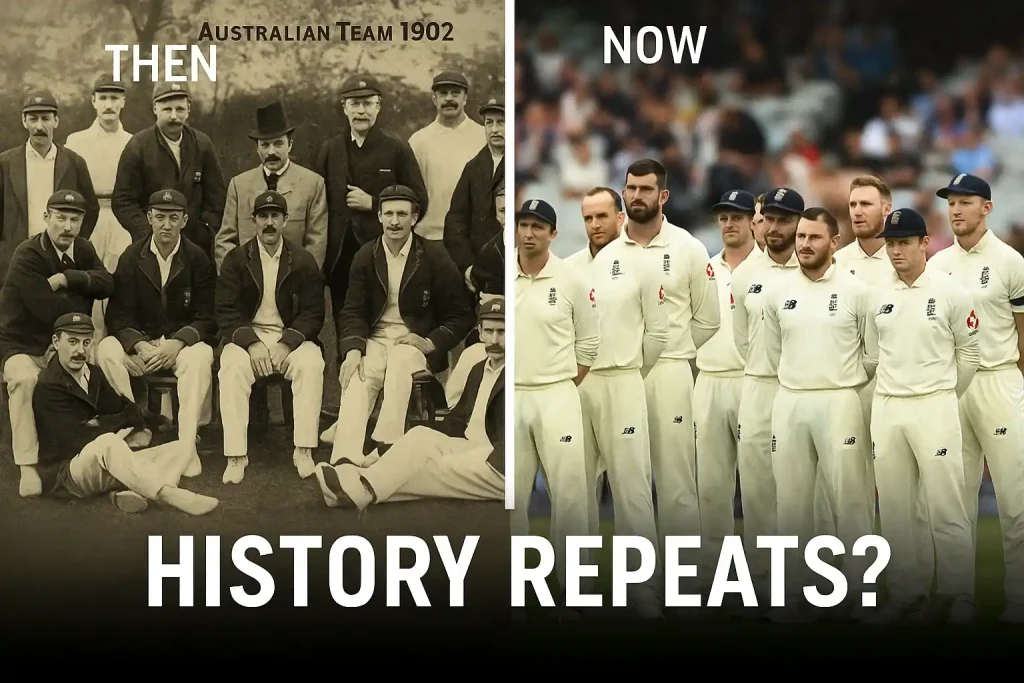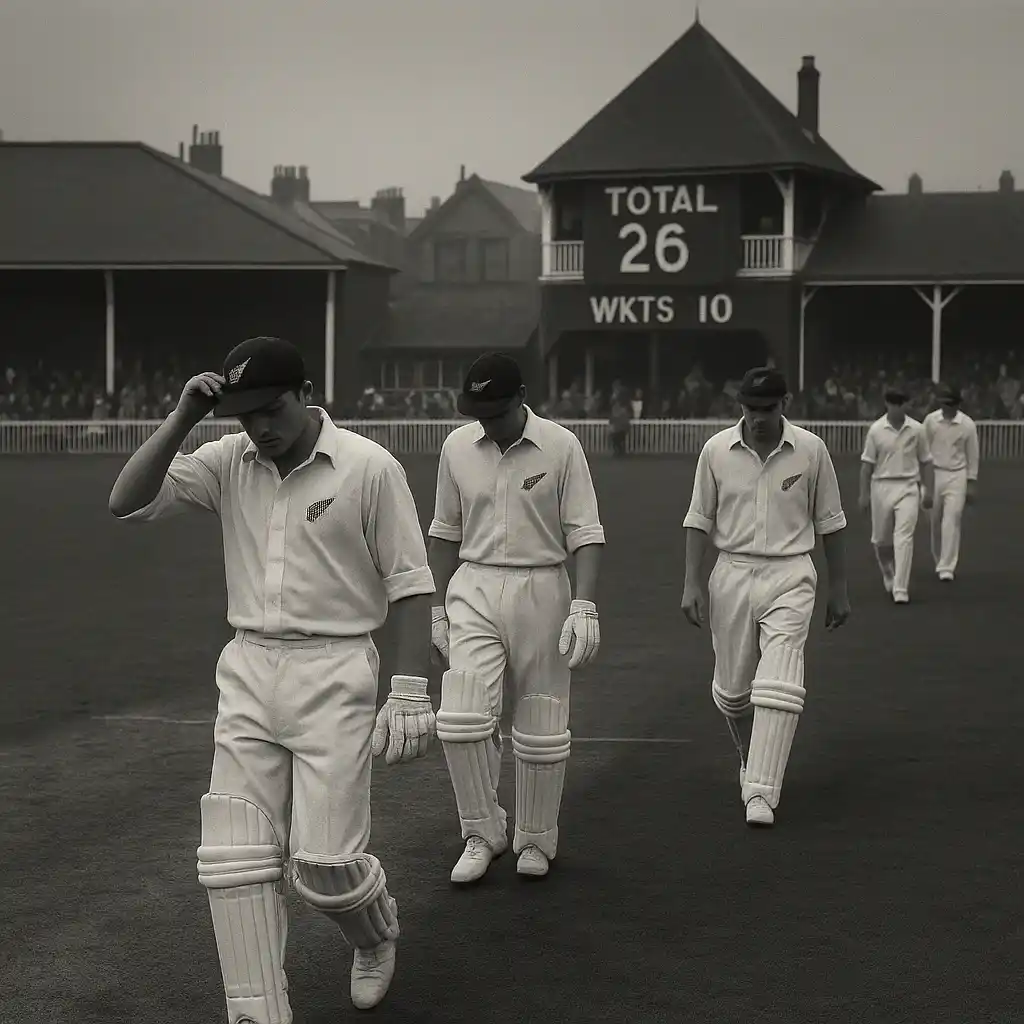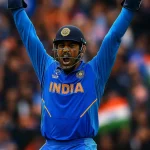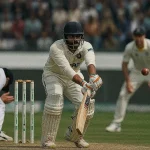
You can sense it coming. The batters start poking instead of driving. The footwork goes stiff. The fielders close in, hungry. And then—a snick, a shout, a raised finger. One down. Two. Three. Suddenly, the scoreboard looks broken. But it’s not. That’s just what happens when a team free-falls into the history books. The infamous club of the test lowest score isn’t something any team wants to join, but once you’re in, you’re remembered forever.
People often say Test cricket is about endurance. They forget it’s also about fragility. And nothing exposes that more brutally than a batting collapse. These aren’t just poor innings—they’re unraveling. A bad session snowballs into infamy. Sometimes it’s a seaming green-top. Sometimes, a spinner turns the surface into a riddle. But always, it comes down to pressure. Teams break when they lose belief. That’s what turns 150 all out into 60 all out.
Table 1: Teams With the Test Lowest Score Totals (All-Time)
| Rank | Team | Score | Opponent | Venue | Year |
| 1 | New Zealand | 26 | England | Eden Park | 1955 |
| 2 | South Africa | 30 | England | Port Elizabeth | 1896 |
| 3 | South Africa | 30 | England | Birmingham | 1924 |
| 4 | South Africa | 35 | England | Cape Town | 1899 |
| 5 | Australia | 36 | India | Adelaide Oval | 2020 |
| 6 | Ireland | 38 | England | Lord’s | 2019 |
| 7 | India | 42 | England | Lord’s | 1974 |
| 8 | Australia | 42 | England | Sydney | 1888 |
| 9 | New Zealand | 42 | Australia | Wellington | 1946 |
| 10 | Zimbabwe | 51 | New Zealand | Harare | 2005 |
When Australia were bowled out for 36 in Adelaide back in 2020, it felt apocalyptic. Social media exploded. Fans stared blankly at screens. And yet, look at the table. That wasn’t even the worst. Not close. New Zealand’s 26 all out in 1955 still holds the crown. A score so low it feels like a typo.
And what’s wild is that many of these collapses didn’t happen in ancient history. Some are fresh. Some are from teams we’d call modern powerhouses. The game hasn’t become immune to collapse. If anything, the modern era’s aggressive batting mindset might make these situations even more likely.
Context: It’s Never Just the Pitch
You’ll hear commentators blame the surface. And sure, there have been minefields—cracked pitches, misty mornings, uneven bounce. But the full story is more complex. A team scores 30 not just because the ball moves. It’s because the mind doesn’t. Batters freeze. They chase deliveries they shouldn’t. They forget to grind. The scoreboard pressure tightens like a vice.
Take India’s 42 all out at Lord’s in 1974. That was a team with some pedigree. But it happened during the so-called “summer of 42,” where England’s bowlers were ruthless and the conditions were unforgiving. The mental scar from that game lasted years.
Then there’s Australia in 2020. A team stacked with Smith, Labuschagne, Paine. They lost eight wickets for 27 runs in a single session. Against a rampaging Indian bowling attack that found swing and spirit. That innings changed the series. And arguably, it changed Australia’s approach to risk and responsibility.
Table 2: Batting Collapses in Modern Test Matches (2000–2025)
| Year | Team | Score | Opponent | Notable Bowlers | Venue |
| 2002 | Bangladesh | 62 | Sri Lanka | Muralitharan (6/18) | Colombo |
| 2011 | Australia | 47 | South Africa | Philander (5/15) | Cape Town |
| 2013 | New Zealand | 45 | South Africa | Steyn (5/17) | Cape Town |
| 2018 | Ireland | 38 | England | Woakes, Broad | Lord’s |
| 2020 | Australia | 36 | India | Shami, Bumrah, Ashwin | Adelaide |
| 2023 | West Indies | 51 | India | Siraj (5/16) | Roseau |
You’ll see the same names crop up. Cape Town, Lord’s, Adelaide. Iconic venues. And bowlers who knew how to read the moment. The best collapses, from a bowling standpoint, aren’t just about line and length. They’re about hunger. You get that first crack, and suddenly you believe. You start attacking more. Fielders buzz. Captains gamble.
That’s how one wicket becomes four. And how a team chasing 300 ends up at 45 for nine.

Lessons from Collapse
What insights can you derive from the test’s lowest-scoring episodes? First, every team has its weaknesses, regardless of its prior record. It does not matter how deep your batting order is or how deep your batting averages are. When momentum changes, even the best can blink, and the rest will fall like dominoes.
Second, your mindset is a greater asset than your method. Coaches always put emphasis on a batter’s approach, but under pressure, decisions are what matter. Defensive shots become lazy. Front foot engagement is non-existent. The best among us can falter when doubt creeps in.
Third: change happens instantaneously. Not every team gets bowled out in five hours. Sometimes, the minimum bowled test lowest score can be below 100 minutes. That level of collapse is catastrophic, not just for the players but for the fans, the analysts, and the entire legacy. The aftermath is everlasting.
Redemption Always Follows
Here’s the thing: almost every team on that list has bounced back. India after 42 all out beat Australia in that same series. Ireland’s 38 was followed by gritty performances in subsequent games. Even New Zealand, the eternal underdogs of 1955, are now WTC champions.
So maybe that’s what makes Test cricket magical. A collapse hurts, but it never defines you permanently. You go again. You rebuild. And when you rise, those old scars become part of the myths.
That’s why the test lowest score matters. Not because it embarrasses teams, but because it reminds us how fragile and heroic this format truly is.

Meet Arjun Kushaan, a passionate cricket analyst at The Cricket24x7. From street matches in his childhood to competitive college tournaments, cricket has always been a central part of Arjun’s life. With a strong background in data analysis and a natural affinity for numbers, he brings a fresh, analytical lens to the game. At The Cricket24x7, Arjun blends his deep love for cricket with his data-driven approach to deliver detailed insights and well-rounded coverage for fans of the sport.






